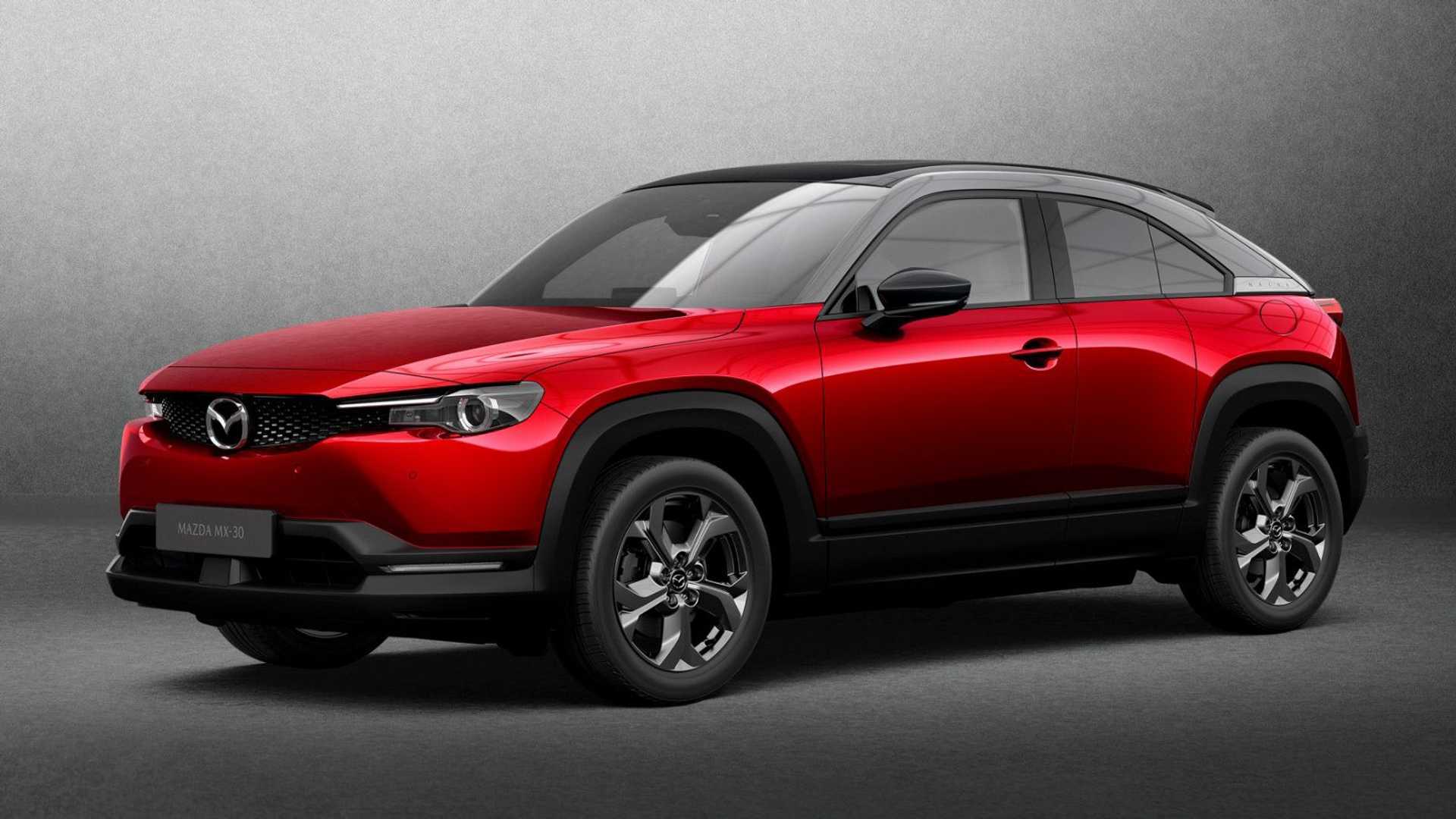
After a few false starts, Mazda’s rotary range-extending engine is finally heading to production. The company confirmed that the well-known engine would find its way into the MX-30 plug-in hybrid crossover that will debut in the second half of Mazda’s current fiscal year. That ends on March 31, 2023, so we might be waiting a while before the rotary-assisted crossover arrives in American showrooms.
“While we cannot comment on future product or products in other markets, we can confirm the MX-30 PHEV is coming to the US. market,” Mazda said in a statement shared with Motor1.com. “More details and information on that will be available at a later date.”
Gallery: 2022 Mazda MX-30: Review







It was over a year ago that Mazda confirmed that the rotary range extender would power a hybrid version of the MX-30. However, six months after that announcement in July 2021, a Mazda spokesperson revealed that the company was still considering using the rotary engine as a range extender. The revelation all but quashed hopes that we’d see the model debut in the first half of 2022.
According to Automotive News, the rotary range extender won’t directly drive the wheels. Instead, it will recharge the crossovers battery, which will power the electric motor. Mazda only offers the MX-30 in the US as an all-electric vehicle, though the platform can accommodate a range of powertrains. One of its drawbacks has been its limited range, a measly 100 miles (161 kilometers), says the US EPA. Sales for the new EV have been abysmal compared to other electric crossovers on sale today, though it’s only on sale in California.
Mazda pioneered making the rotary engine for production cars, but the Japanese automaker discontinued it when it killed off the RX-8 due to declining sales. While we welcome the rotary’s glorious return, it is a tad disappointing that it’s powering an electric vehicle instead of a sports car.
We’ll keep an eye out for more information about the model. Mazda didn’t say when it would provide more information, but we know its timeline, and the company’s fiscal year is only getting shorter.







